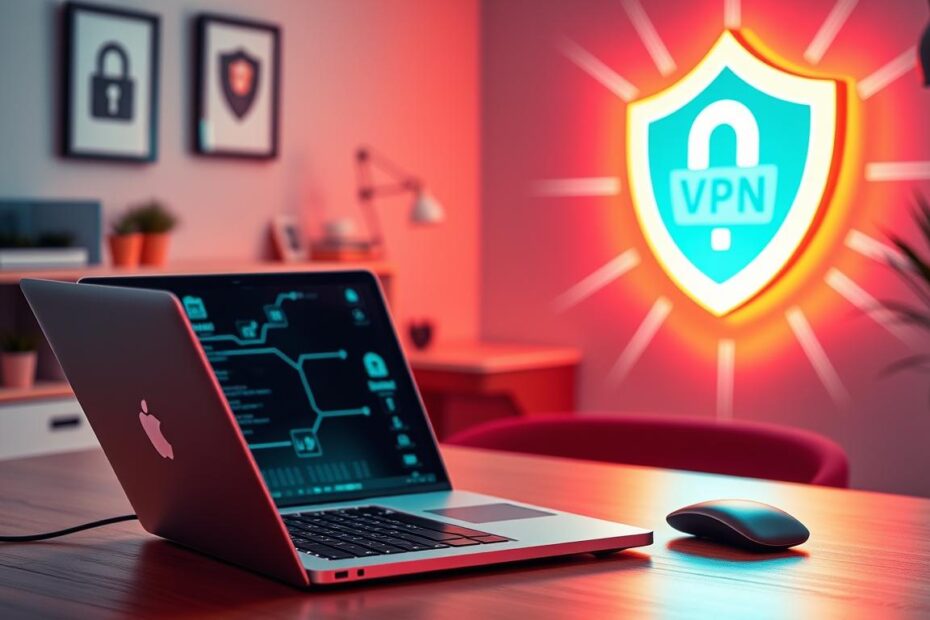In an increasingly digital world, safeguarding your online privacy and security has become more crucial than ever. One effective way to enhance your online protection is by using a Virtual Private Network (VPN). If you’ve been asking yourself, ‘How do I use a VPN on a Wi-Fi network?’ you’re not alone. This comprehensive guide will walk you through the basics of VPNs, provide a step-by-step setup process for using a VPN on your Wi-Fi network, and troubleshoot common issues you may encounter when connecting. Prepare yourself to master VPNs and fortify your online presence!
Key Takeaways
- VPNs enhance your online privacy and security by encrypting your internet connection.
- Setting up a VPN on your Wi-Fi network involves a few easy steps for optimal protection.
- Understanding the differences between VPN protocols can help you choose the right one for your needs.
- Common issues like connectivity problems can often be resolved with simple troubleshooting techniques.
- Always ensure your VPN service is compatible with your Wi-Fi router for a seamless experience.
Understanding the Basics of VPNs and Wi-Fi Networks
Understanding how to use a VPN on a Wi-Fi network is essential for anyone looking to enhance their online privacy and security. A VPN, or Virtual Private Network, creates a secure tunnel for your internet connection, allowing you to browse the web anonymously and protect your data from prying eyes, especially when using public Wi-Fi networks. To effectively use a VPN on a Wi-Fi network, start by subscribing to a reputable VPN service that fits your needs. After installing the VPN application on your device, simply connect to a VPN server of your choice. Once connected, all of your internet traffic will be encrypted, which is particularly important when accessing sensitive information. You can check your new IP address to confirm that the VPN is working, ensuring that your online activities remain private. Now that you understand the basics and the importance of using a VPN on Wi-Fi networks, implementing these steps will help you maintain your online security.
Step-by-Step Guide: Setting Up a VPN on Your Wi-Fi Network
Using a VPN on your Wi-Fi network is an excellent way to enhance your online privacy and security. If you’re asking, ‘How do I use a VPN on a Wi-Fi network?’ fret not, as this step-by-step guide will walk you through the process. First, choose a reputable VPN provider that fits your needs; popular options include NordVPN, ExpressVPN, and CyberGhost. Once you’ve signed up, download the VPN application appropriate for your device. After installation, open the app and log in with your account credentials. Next, select a server location that suits your browsing needs—whether for faster speeds or accessing region-specific content. If you’re setting it up directly on your Wi-Fi router for network-wide coverage, access your router’s settings via its IP address in a web browser, usually found in the router’s manual. Within the settings menu, look for the VPN configuration section where you will enter your VPN provider’s server details and your account login information. Save the changes, and restart your router to apply the new VPN settings. Now, every device connected to your Wi-Fi network will enjoy the protection and privacy provided by your VPN. This method not only enhances security but also allows you to browse freely without geographical restrictions.
‘The internet is a public highway, and a VPN is your disguise.’ – Unknown
Troubleshooting Common VPN Issues on Wi-Fi Connections
When you start using a VPN, especially on a Wi-Fi network, you may encounter various issues that can hinder your online experience. If you’re wondering, ‘How do I use a VPN on a Wi-Fi network? – VPN Talk?’, understanding common troubleshooting steps can significantly enhance your connectivity. First, ensure your Wi-Fi connection is stable; a weak signal can impact VPN performance. Next, confirm that your VPN application is updated to the latest version, as updates often include bug fixes and improvements. Additionally, check your firewall and antivirus settings, which may inadvertently block VPN traffic. If you experience slow speeds, try switching your VPN server location or selecting a less congested server to enhance your connection. Finally, if you’re still having trouble, restart your router and device, which can often resolve unexpected glitches. By following these steps, you can effectively troubleshoot common VPN issues on Wi-Fi connections and enjoy the full benefits of secure, unrestricted browsing.


